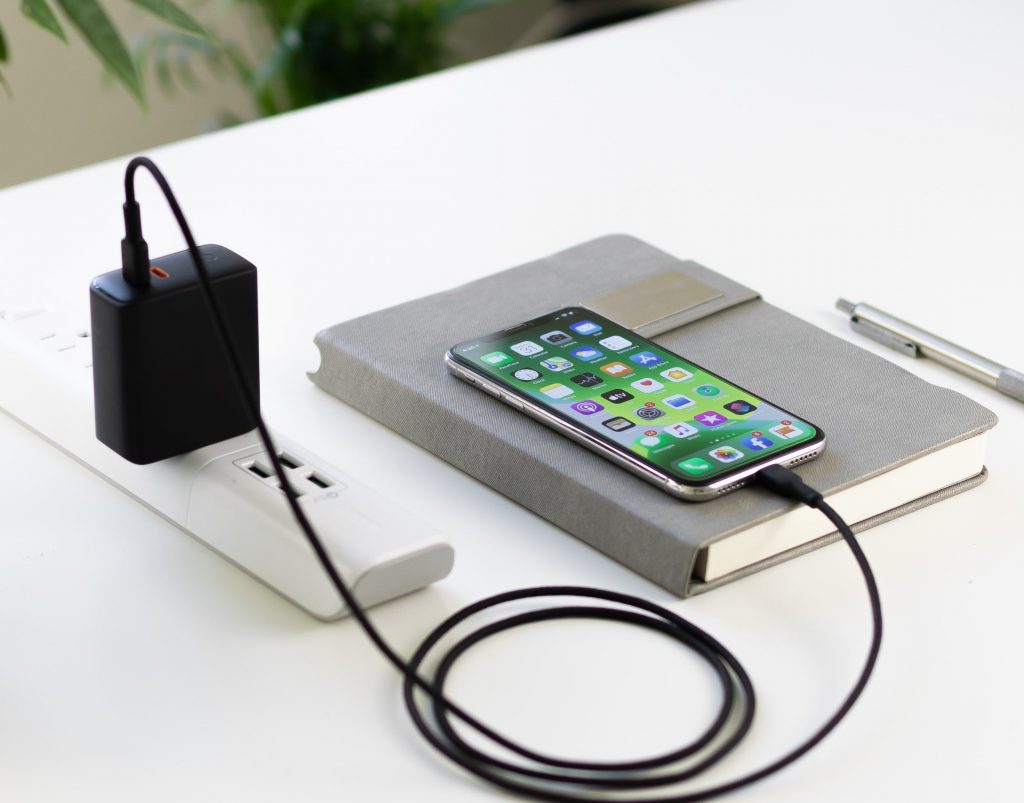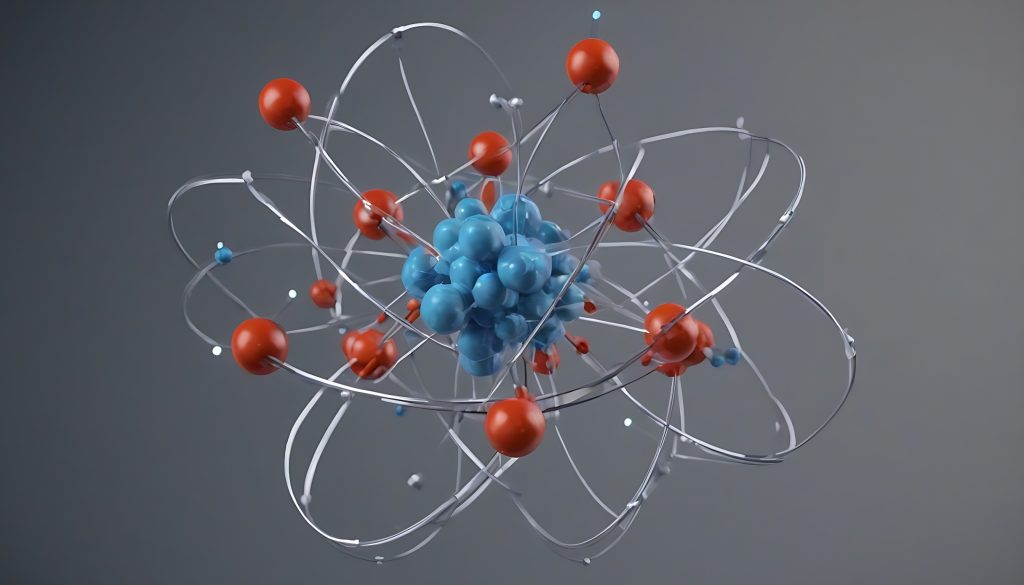When’s the last time you thought about how amazing electricity really is? While electricity is considered an everyday item in the advanced countries of the world, and we hardly give it a second thought while we’re plugging in our phones, electricity generation and delivery are miracles of modern science.

Electricity (along with HVAC systems) is one of the more difficult subjects for home inspectors to grasp. Unless you were raised in a family of electricians, or were lucky enough to work in the industry before moving into the inspection field, lots of the terms used in the electric power industry can seem like Greek to the average inspector.
While we don’t have to have advanced degrees in electrical engineering to be able to do a proper home inspection, having a working knowledge of how electricity functions and how it “comes out of the plug in the wall” will certainly make your job easier and better allow you to explain those concepts to your inspection clients.
The concept of electric flow is the stuff of college courses and advanced degrees. Thankfully, utilizing common knowledge of how water flows and some of the basic principles of chemistry (that we learned in high school), we’ll be able to visualize how this process works, and understand it enough to answer most of the questions that we’re bound to encounter in our inspection career.
Electricity Explained
Understanding the flow of electricity is crucial to comprehending the functioning of electric systems, as the electricity’s flow allows it to get from its source (the power plant) to its end point of use (the outlet inside our home). Central to the flow of electricity is the atom and how its component parts (specifically the electron) respond to electrical charge.
Atoms are the building blocks of matter, consisting of a nucleus containing positively charged protons and neutral neutrons, surrounded by orbiting negatively charged electrons. These electrons have specific energy levels or shells, with varying distances from the nucleus.
Conductors, such as metals like copper or aluminum, have loosely bound electrons in their outer shells. These free electrons can move easily, making conductors ideal for transmitting electrical current. Insulators, like rubber or plastic, have tightly bound electrons that do not move freely, thus restricting the flow of electricity.
In the Beginning
Power plants generate electricity using electromagnetic induction. A generator spins a magnet within a loop of wire, inducing a current within the wire. The electrons in the wire start moving back and forth due to the alternating magnetic field, setting the basis for alternating current (AC). The action of the generator produces a reserve amount of electricity, ready to begin its journey to our home, similar to the way that a reservoir or water tower contains the energy of the water waiting to flow to our faucets.

Electricity flows through the power company’s wires to reach our homes, in much the same way that water flows through pipes. The flow rate of the water is affected by various factors such as pipe diameter, while the flow of electricity is influenced by the various properties of the electrical conductor, such as its size and type of material.
Electricity moving along these wires involves the flow of electrons, which are negatively charged particles. In a conductive material like a metal wire, electrons are loosely bound to atoms, allowing them to move freely. When a potential difference (voltage) is applied across the wire, it creates an electrical field that exerts a force on these electrons, initiating their drift. This voltage push is analogous to water pressure, with higher voltage exerting more force to move electrons.
Moving Along
As the voltage pushes electrons, they move in the opposite direction of the field. But, exactly how does this happen? It’s often said that electricity moves at the speed of light. Does that mean that an electron leaves the power station and travels at the speed of light (671 million miles an hour) to reach our cell phone charger?
Actually, it doesn’t really work that way. individual electrons don’t instantly traverse the entire length of the wire; rather, they transfer energy to neighboring electrons, creating a chain reaction. The actual movement of individual electrons is really slow, as an electron would have to progress through billions of individual atoms and make its way through miles of wire to reach our homes. In normal household wiring, electrons generally move about 1/2″ per minute (which is called the drift velocity of the electrons.)

So, if electrons move so slowly, why do the lights instantly turn on when we flick the switch?
Fast and Slow
To answer this question, we’ve got to go back to high school again and think about the atom. Atoms are tiny, about 4 billionths of an inch, and our electron must pass along all the atoms in a piece of wire (which contains an uncountable number of atoms). In a normal piece of household wire, there would be trillions of electrons drifting past any specific point every second (but remember that they’re moving very slowly: 1/2″ per minute.) So, instead of each single electron moving instantly all the way through the wire, the electrons (going back to our water analogy) transfer energy to their neighboring electrons, creating a sort of wave or ripple effect through the circuit.
Think of an electrical wire like a hose full of marbles. If a new marble is pushed into one end of a hose that’s already full of marbles, a marble has to fall out the other end. Electrons behave the same way; if one moves, they all move. Therefore, when we flip that light switch, creating an electric potential and causing a force to be applied to the electrons, it results in movement of all the electrons throughout the length of the wire, no matter how long it is. We don’t have to wait for an individual electron to flow from the switch to the light bulb, the force created moves all the electrons at the same time, allowing the effects of electricity to occur “instantly.”
Understanding the role of electrons in the flow of electricity is fundamental to comprehending electrical systems. Electrons move back and forth within conductors, creating a ripple effect that facilitates the transfer of energy. This transfer of energy, the “flow” of electricity, enables us to enjoy the countless benefits of modern society.
And it’s all thanks to the (slow) movement of the tiny electron.
Would you like to get an email every Friday where we share the newest things we’ve discovered about home inspections? CLICK HERE to sign up.
Want to be an Influencer in Your Field? Share This Post!
Thanks, Joe

